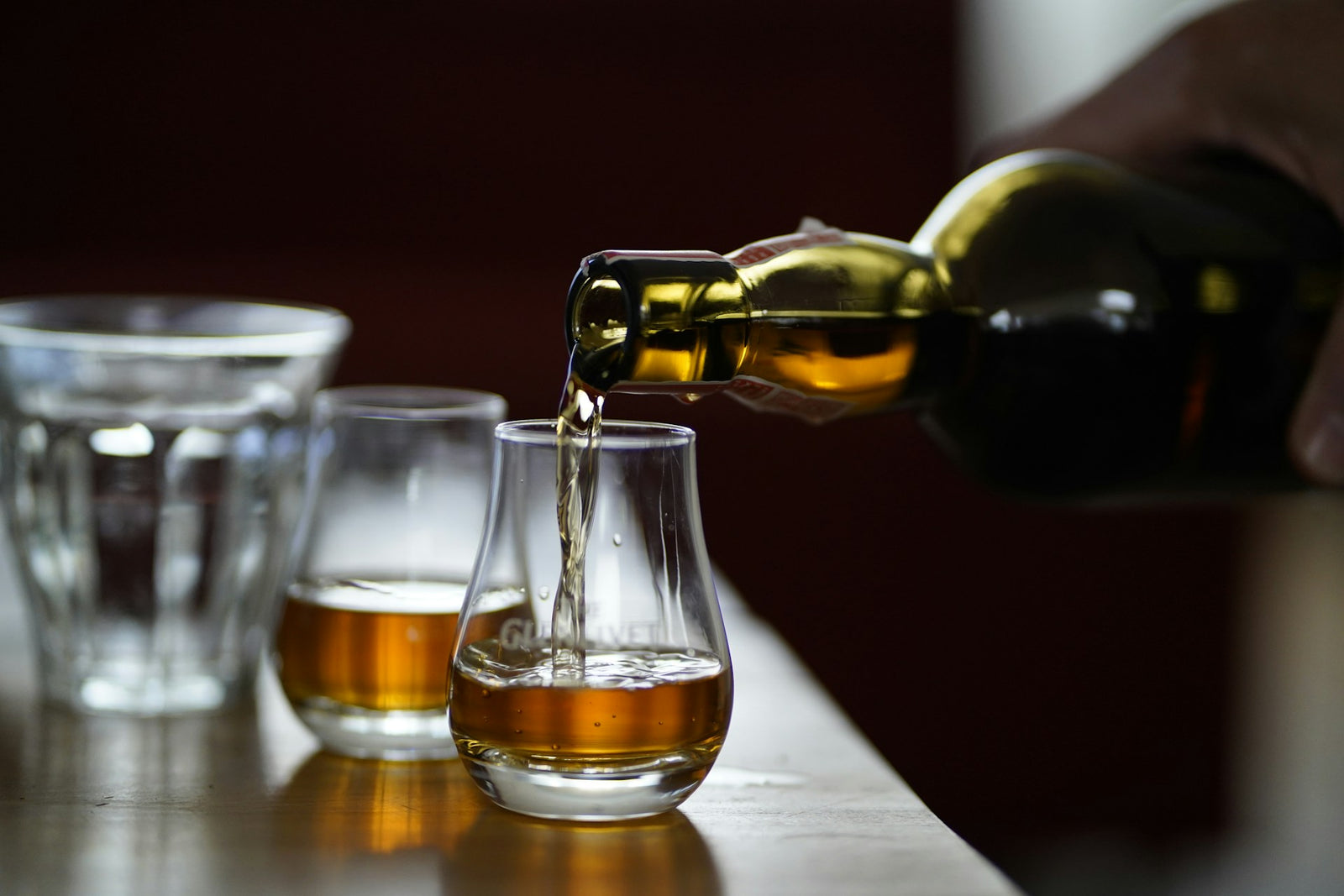Whiskey tasting can seem like a complicated task to many, but it doesn't have to be. With the right approach and a bit of knowledge, anyone can learn to savor and appreciate this beloved spirit. Whether you’re a beginner or have some experience, understanding how to taste whiskey properly can greatly enhance the enjoyment of each sip.
In this guide, we'll explore the art of whiskey tasting in simple and clear steps. We'll cover the basics of what makes whiskey so special, walk you through the tasting process, and help you understand the different flavors you might encounter. With some useful tips and tricks, you'll be ready to taste whiskey like a pro and impress your friends with your newfound skills. Let's dive into the wonderful world of whiskey and discover what makes each bottle unique.
Understanding the Basics of Whiskey Tasting
Whiskey is a complex spirit, rich in history and variety. To appreciate it fully, you need to know what makes it unique. Whiskey is made from grains like barley, corn, rye, or wheat. Each type of grain adds its own flavor to the spirit. The production process involves mashing, fermenting, distilling, and aging, each step influencing the final taste. Whiskey is typically aged in wooden barrels, which help to develop its rich flavors over time. These barrels can bring notes of vanilla, caramel, and spices into the whiskey.
Different regions produce their own styles of whiskey, each with distinct characteristics. Scotch whisky, for example, is often smoky due to the peat used in the malting process. Bourbon has sweeter notes because it’s made from at least 51% corn. Knowing these basics helps you understand what you might taste when you take a sip. It’s important to remember that whiskey tasting isn’t just about drinking; it’s about focusing on the flavors, aromas, and textures that make each whiskey unique.
Step-by-Step Whiskey Tasting Process
Tasting whiskey involves more than just sipping it; you need to use all your senses. Follow these steps to get the full experience:
- Pour and Observe: Pour a small amount of whiskey into a clear glass. Look at the color. Whiskey can range from pale gold to deep amber, depending on its age and the type of cask it was aged in.
- Swirl and Smell: Gently swirl the glass to release the whiskey’s aromas. Raise the glass to your nose and take a slow, deep breath. Try to pick out different scents like fruit, spices, or even smoke.
- Sip and Taste: Take a small sip and let it sit on your tongue. Notice the flavors that come forward. Is it sweet, spicy, or smoky? Try to identify as many flavors as you can.
- Feel the Texture: Pay attention to how the whiskey feels in your mouth. Is it smooth, oily, or perhaps a bit rough? The texture can tell you a lot about the whiskey's character.
- Savor and Swallow: Finally, swallow the whiskey and notice the finish. Some whiskies have a long, lingering aftertaste, while others finish quickly. The finish can offer additional flavors that weren’t apparent at first.
By following these steps carefully, you can begin to appreciate the complex flavors and aromas that make whiskey such a beloved drink around the world.
Recognizing Common Whiskey Flavors
Whiskey has an array of flavors that can be fascinating to discover. Knowing what to look for can help you understand and appreciate the drink better. Here are some common flavors you might encounter:
- Fruity Notes: These can include the taste of fresh fruits like apples, pears, and berries or dried fruits like raisins and apricots. These flavors often come from the yeast used in fermentation and the aging process in oak barrels.
- Spice and Herb Notes: Many whiskies have spicy flavors such as cinnamon, nutmeg, or cloves. You might also taste hints of herbs like mint or thyme. These flavors typically come from the oak barrels or the grains used in the whiskey.
- Sweet and Dessert Notes: Flavors like caramel, toffee, and vanilla are common in whiskey. These sweet notes come from the sugars and grains in the wood barrels. Some whiskies even have chocolate or coffee undertones.
- Smoky and Earthy Notes: Some whiskies, especially Scotch, have a smoky character due to the use of peat in the malting process. You might also detect earthy flavors like leather or tobacco.
By identifying these flavors, you can start to develop a deeper appreciation for the complexity of whiskey. It becomes more than just a drink; it’s an experience that engages your taste buds in many different ways.
Tips and Tricks for Enhancing Your Whiskey Tasting Experience
To get the most out of your whiskey-tasting experience, here are some helpful tips and tricks:
- Use the Right Glass: A tulip-shaped glass is best for tasting whiskey because it concentrates the aromas at the top, making it easier to detect different scents.
- Don’t Rush: Take your time to enjoy the process. Let the whiskey sit in the glass for a few minutes before you start tasting. This allows the flavors and aromas to open up.
- Add a Drop of Water: Adding a small amount of water can open up the whiskey’s flavors and reduce the alcohol burn, making it easier to taste the subtler notes.
- Keep an Open Mind: Every whiskey is different, and what you taste might not be the same as someone else. Enjoy the unique experience each whiskey offers without judgment.
- Take Notes: Jotting down your observations can help you remember what you liked or didn’t like about each whiskey. It’s a good way to track your preferences over time.
By using these tips, you can make your whiskey-tasting experience even more enjoyable. Tasting whiskey becomes a fun and educational journey, allowing you to discover new favorites and deepen your understanding of this complex spirit.
Conclusion
Whiskey tasting is a delightful adventure that lets you explore a rich world of flavors and aromas. By understanding the basics, following a step-by-step process, and learning to recognize common flavors, you can taste whiskey like a pro. Remember, the goal is to enjoy and appreciate the drink, taking in its history and craftsmanship with every sip.
Whether you're new to whiskey or a seasoned enthusiast, there's always something new to discover. Take these tips and make each tasting session an opportunity to expand your palate and enjoy the moment.
Ready to elevate your whiskey-tasting experience? Browse our extensive collection of premium whiskeys at Quality Liquor Store, your go-to online whiskey shop, and find your next favorite bottle today. Cheers to your whiskey journey!


